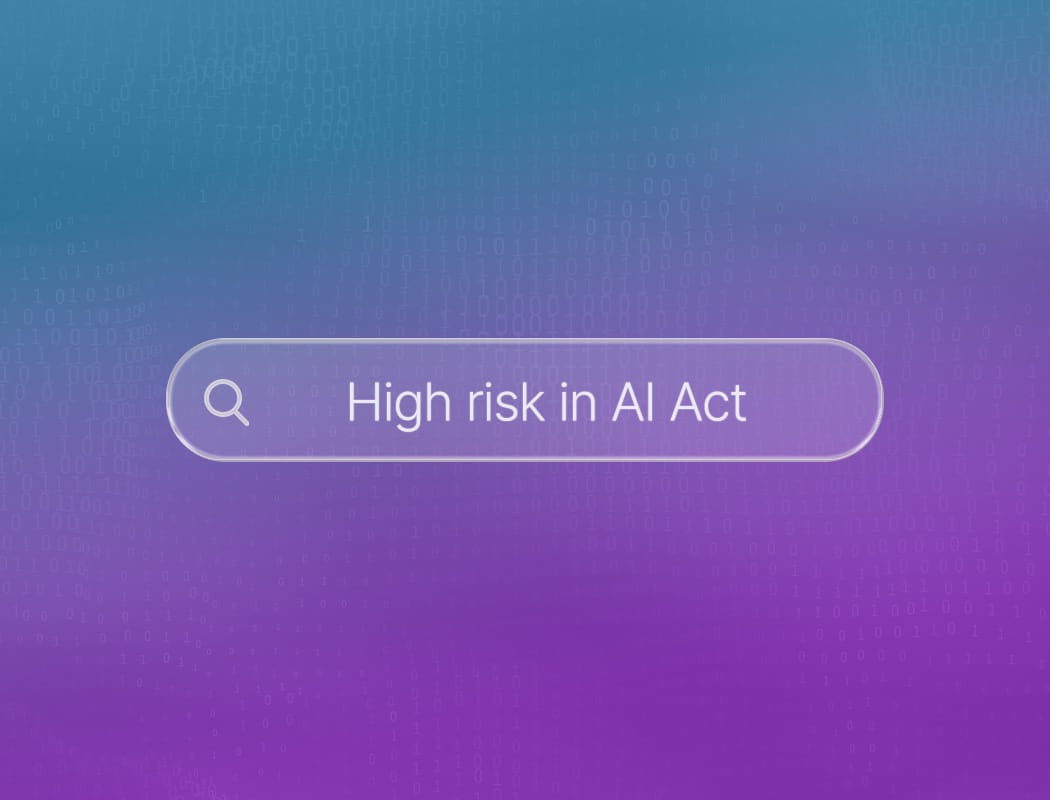The history of AI
The history of artificial intelligence begins long before computers existed. Early thinkers dreamed of machines that could mimic human thought. In the 1950s, computer scientists started to turn these dreams into reality.
They built programs that could solve math problems and play simple games. Over the decades, AI grew more advanced. It learned to recognize speech, translate languages, and even beat humans at chess.
Today, the history of artificial intelligence is still being written. New breakthroughs appear every year, changing how we live and work.
From the first chatbot in the 1960s to today’s smart assistants, AI has come a long way. The 1980s saw expert systems that helped doctors diagnose diseases.
In the 2010s, deep learning made it possible for computers to see and understand images. Each milestone in the history of AI brings us closer to machines that can truly think.
From the history of AI to the future
The future of artificial intelligence is being shaped right now. From the history of AI to the future, the journey continues with every new discovery.
Researchers are building systems that can not only understand language but also create art, solve complex problems, and assist in scientific research.
AI platforms are becoming more common, with tools available to students, artists, doctors, and businesses around the world. The number of AI platforms is growing fast and is expected to rise further.
Just as early programs laid the groundwork for today’s breakthroughs, the tools we build now may shape the world of tomorrow. The story of AI is far from over, and its next chapter may be the most exciting yet.
As AI continues to evolve, some scientists are exploring the possibility of machines that understand themselves. While true AI self-awareness is still far off, the idea raises important questions about the nature of intelligence and consciousness.
How did AI development evolve over time?
Artificial intelligence did not appear overnight. The history of artificial intelligence is a story of curiosity, setbacks, and breakthroughs. From the earliest dreams of mechanical minds to today’s powerful algorithms, AI has changed with every decade.
Each chapter brought new ideas, new challenges, and new hopes for what machines could do. Let’s take a closer look at how AI development evolved over time.
The early dreams and first machines (1940-1950)
Long before computers existed, people imagined creating artificial beings that could think. Ancient myths told of statues that came to life or clever automata built by inventors. But it wasn’t until the 1940s and 1950s that the first real steps were taken.
Mathematicians like Alan Turing asked if machines could think and designed the earliest models of computation. The first computers were massive, slow, and limited, but they sparked excitement.
In 1956, a group of scientists gathered at Dartmouth College and gave this field a name: artificial intelligence. This moment marked the official beginning of the history of artificial intelligence as a scientific pursuit.
The rise and fall of early optimism (1960-1970)
The 1960s and 1970s were filled with hope. Researchers believed that smart machines were just around the corner. Early programs could solve math problems, play games like chess, and even understand simple language.
Funding poured in, and the media buzzed with stories about thinking robots. But reality soon set in. Computers struggled with tasks that seemed easy for humans, like recognizing faces or understanding natural speech.
Progress slowed, and money dried up. This period became known as the “AI winter,” a time when many lost faith in the promise of artificial intelligence.

New approaches and learning machines (1980-1990)
The 1980s and 1990s brought fresh energy. Scientists realized that hard-coding every rule was not enough. Instead, they turned to new methods that allowed machines to learn from data. Neural networks, inspired by the human brain, made a comeback.
These systems could recognize patterns and improve over time. Expert systems helped doctors diagnose diseases and guided engineers through complex problems.
The history of artificial intelligence took a leap forward as computers became faster and data became more available. Still, challenges remained, and true human-like intelligence seemed distant.
The age of big data and deep learning (2000-2010)
Everything changed in the 2000s and 2010s. The internet exploded, and with it came mountains of data. Graphics processors made it possible to train deep neural networks with millions of examples.
Suddenly, AI could recognize images, translate languages, and even beat world champions at games like Go. Companies raced to adopt AI for everything from shopping recommendations to self-driving cars.
Today, the history of artificial intelligence is still being written. Machines are smarter than ever, but questions remain about ethics, fairness, and the limits of what AI can achieve. The journey continues, with each step building on the last.

Which events shaped the history of AI?
Artificial intelligence has a long and fascinating history, marked by moments of breakthrough and periods of quiet progress.
The journey began with early ideas about thinking machines and has since evolved into the powerful AI systems we see today.
Each milestone along the way has shaped what AI can do and how people imagine its future. Let’s explore some of the most significant moments that have defined the story of artificial intelligence.
IBM’s Deep Blue defeats world chess champion (1997)
A defining moment came in 1997, when IBM’s Deep Blue defeated world chess champion Garry Kasparov in a six-game match. This was the first time a reigning champion lost to a computer under standard tournament conditions.
It showed that machines could not only calculate millions of positions per second, but also strategize at a level comparable to top human minds.
The event captured global attention and marked a turning point in how the public perceived the capabilities of artificial intelligence.
Siri and the rise of AI assistants (2011)
The launch of Apple’s Siri in 2011 brought AI into the hands—and pockets—of millions of people. Siri was one of the first widely used voice assistants, capable of understanding natural language and responding to everyday questions.
This marked a shift from academic research to consumer-facing applications, paving the way for other digital assistants like Alexa and Google Assistant. These tools introduced the public to AI in a practical, accessible way.
AlphaGo’s stunning victory over Lee Sedol (2016)
In a historic match watched by millions, DeepMind’s AlphaGo defeated legendary Go player Lee Sedol in 2016. Go is an ancient board game with more possible moves than atoms in the universe, long considered a grand challenge for AI.
AlphaGo’s creative and unexpected strategies stunned experts and demonstrated the incredible potential of deep learning and reinforcement learning. It was a moment that redefined what AI could achieve.
ChatGPT brings language models to the world (2022)
When OpenAI released ChatGPT to the public in late 2022, it quickly became one of the most widely adopted AI tools in history.
Based on a powerful language model, ChatGPT could write essays, answer questions, assist with coding, and hold natural conversations.
Unlike earlier chatbots, it felt genuinely helpful and intelligent. Its success helped spark a new wave of interest in generative AI, prompting industries, educators, and individuals to rethink how they interact with technology.





